Disney invited me to attend the #MaryPoppinsReturnsEvent, this Lin-Manuel Miranda interview is a result of the trip. The opinions expressed here are my own. Some interview questions and responses have been edited to improve readability.
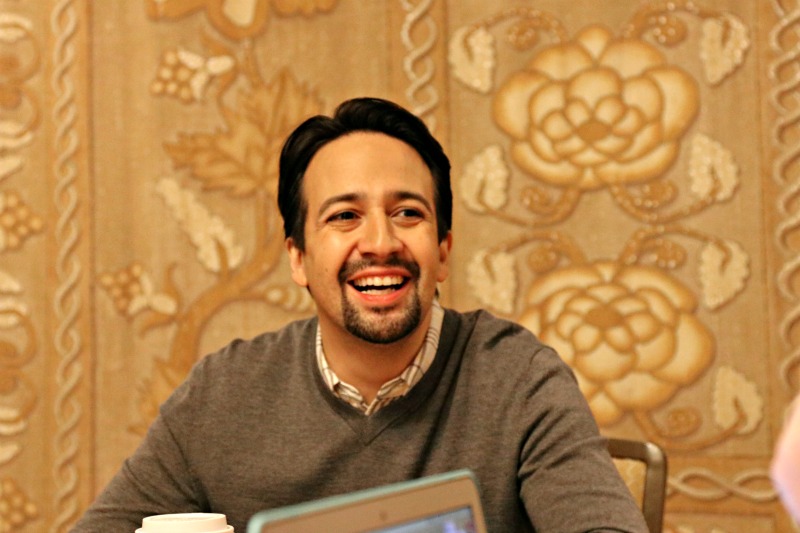
Lin-Manuel Miranda started our interview by telling us that we were the highlight of his day! He was a fantastic interview! Check out what he had to say about playing the new character, Jack in Mary Poppins Returns.
What’s it like performing work other than your own?
It is the fruit of the harvest. No, honestly, I started writing, In The Heights because I very quickly realized at age eighteen that no one was gonna write my dream musical. That I did not have the ballet training to play Bernardo in West Side Story or Paul in A Chorus Line. And if you’re a Puerto Rican dude that’s all you get, in the cannon. So In The Heights really was the beginning of creating my own opportunities. Hamilton is an extension of that. And then to have Rob Marshall call you and tell you, you know, it’s Emily Blunt as Mary Poppins and you’re the only other person we have in mind and we’re gonna build from there. It felt like the fruit of the harvest. The harvest I began when I was eighteen years old.
Performing in musical theater vs. a musical movie
You finish the eight-minute dance number and you wait a year and a half for applause. But honestly, you’re trying to tell the truth on stage and you’re trying to tell the truth in film. The difference is the energy source. Doing eight shows a week is a yoga. You’re gonna hit the same positions every night but you’re gonna hit ’em differently depending on your energy, the audience, you’re fellow performers. And you have two the next day.

The energy source in making a film is, especially a film like this, today you’re dancing with penguins. Tomorrow you’re singing with Meryl Streep. Friday you’re shutting down Buckingham Palace with 800 bikers. And you’re not coming back. We’re not going back to the penguins next week. You don’t get two shows a day with Meryl Streep tomorrow. So the adrenaline source becomes this is a once-in-a-lifetime moment and you have to be completely present. And so it just shifts from the audience to the sheer one-of-a-kindness of it.
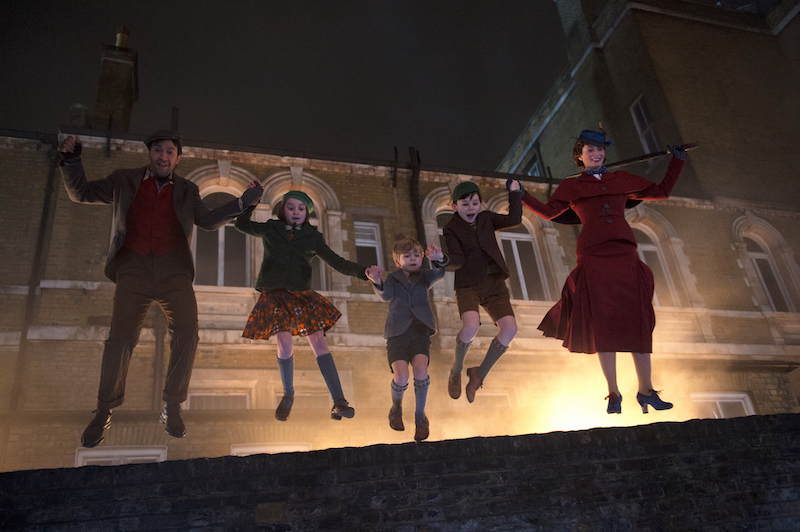
Which scene he is most proud of
That’s a great question. There are so many scenes I’m proud of. It’s funny. There are scenes I’m proud of because they’re my own fault. And there are scenes I’m proud of because they took so much practice and mastery.
Tommy Kail, who directed Hamilton, said he was most moved [LAUGHS]. Sorry, it makes me laugh. He was most moved when he saw me slide down the banister in Trip A Little Light Fantastic because I’d been doing, that’s like the one thing I actually know how to do really well. And as Tommy Kail put it, “You don’t know how to land a joke or sing a note or grow a beard without practice. But man you were born to slide down banisters.”
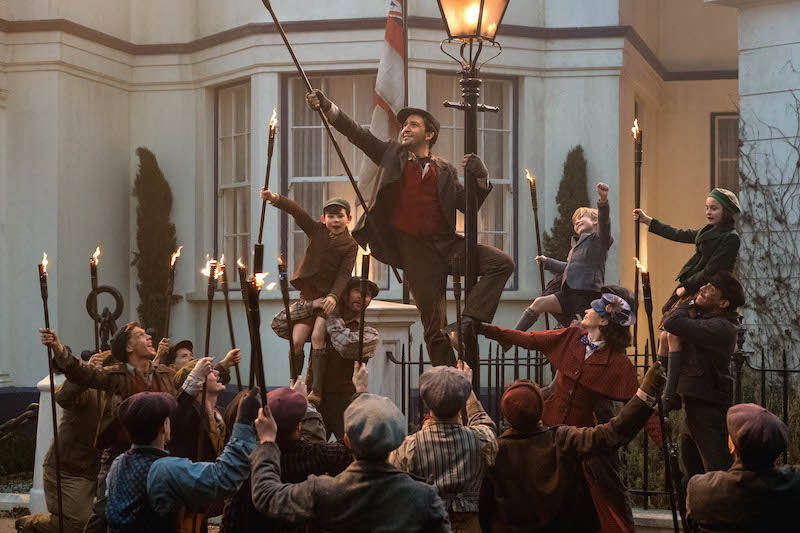
And then there are moments that represent hours and hours of hard work from the eight minute, continuous dance sequence in Trip A Little Light Fantastic, and Rob ran it as an eight-minute dance sequence, you know. There was sort of the three minutes of the song that are getting to that abandoned playground, and that was on location throughout London. And now we’re here, and now we’re in the sewer, and now we’re here. And then there’s that sequence. And that sequence was run as if it was a Broadway musical number. From jumping on the lamppost to the flaming sticks balancing on my foot, that was all run of a piece with hundreds of cameras around. And I’m very proud of that. I’ve never danced like that in my life.
None of my shows, you know, there’s incredible dancing with Hamilton. Hamilton doesn’t do it. You know what I’m talking about. And so I was very proud of that because it was a lot of hard work to get there.
Why he never finished watching Mary Poppins as a kid
I remember seeing the first two-thirds of Mary Poppins. We had the V.H.S. cassette and it was, some of you will remember this. You know, they had their own section in the home library because they were fluffy and white, a little bigger than your shelf. And then I remember turning it off during Feed The Birds. Feed The Birds is the most emotionally devastating melody in the history of cinema.
And I was not ready for it as a kid. So I remember crying and turning it off. I didn’t see the end of Mary Poppins ’til I was like in high school because that song was just too sad. It was just too sad for my tender little heart. So I remember the first two-thirds of it on repeat. And then Feed The Birds was like, “Oh, okay, I’m gonna go play.” That was my experience growing up with it.
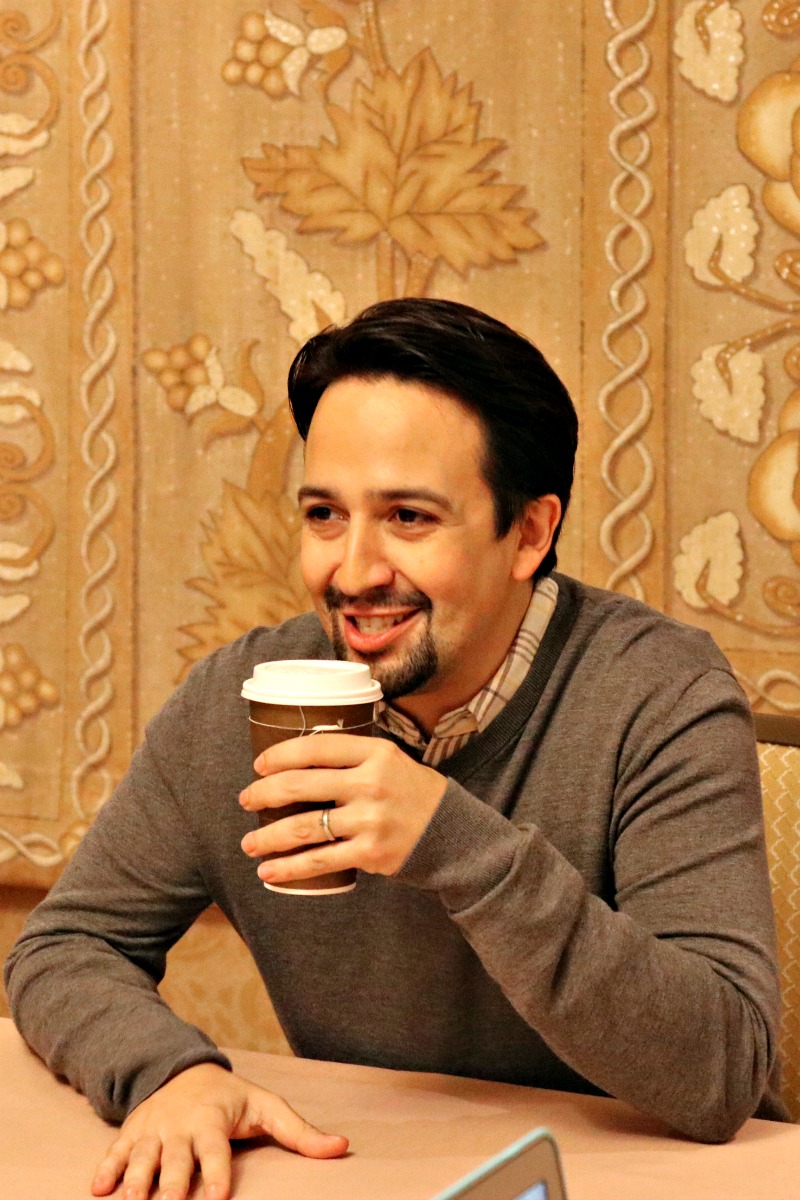
How he nailed Jack’s East Cockney accent
Well, what I realized going in was that no matter what I did I would have my accent would be scrutinized for the rest of my career if Dick Van Dyke is any indication. But the fun of that is, you know, music is sort of my catalyst for everything. I had an amazing dialect coach named Sandra Butterworth, which is a very Poppinsian name in and of itself. And she became my closest friend and ally on set, whispering in my ear between takes and also music. She realized that music was my way in. So it was not just listening to music sung in the east end Cockney accent, it was music in the 1930s. Because it’s not just about the part of the world, it’s about the time of the world. It’s about the when as well. So I listened to a lot of Anthony Newley, who was a big sort of music hall star who then also wrote a Broadway musical called Stop the World, I Want To Get Off in the 1960s. But I listened to a lot of his early stuff and that was my sort of north star for the accent.
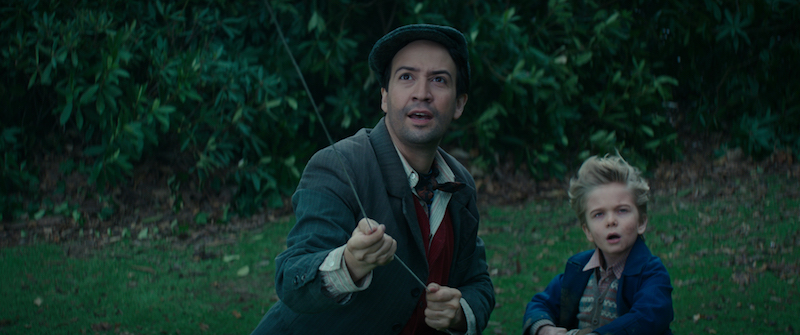
How his son helped him with his role of Jack
I was inspired by him (his son). You know, we made this movie just, we started making it right when my son was turning two. He was just gaining language. And my character really the biggest note Rob Marshall gave me is that all the other grownups forget what it’s like to be a child except for Jack. And so my biggest research was watching my son play in Princess Di park in Kensington Park in London. Watching his boundless imagination. We are all born with that, that’s inherent in us until life does what it does. And so you know, that was my secret weapon in finding Jack was I had a two-year-old research assistant who kept me childlike and kept me in that mode.
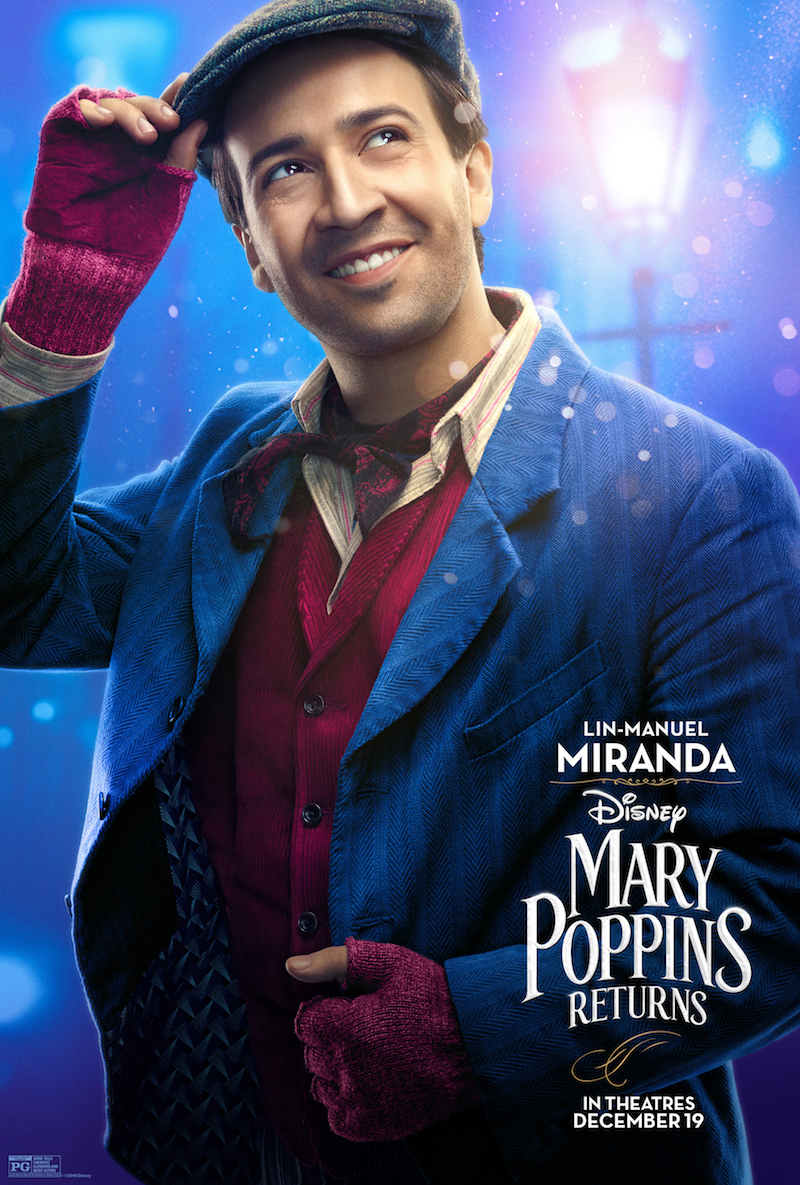
The work and movie magic involved with Jack’s bike
So the bike, I called it Gertie because she was not your average bike. This is not your Schwinn 10-speed. This is an old bike with a 20-pound ladder in a basket on your right side. So you’re constantly accounting for that. So I would bike to craft services and I would bike around. I biked that thing all over Shepperton Studios until it was second nature to me. And then in the sequences where all the kids and Mary Poppins are on the bike, we just had a set of training wheels that we C.G.I.’ed out. So it’s really me driving those kids on that bike. There’s just a certain limit to how far they can tip over thanks to the training wheels. And those are taken out in post (production).
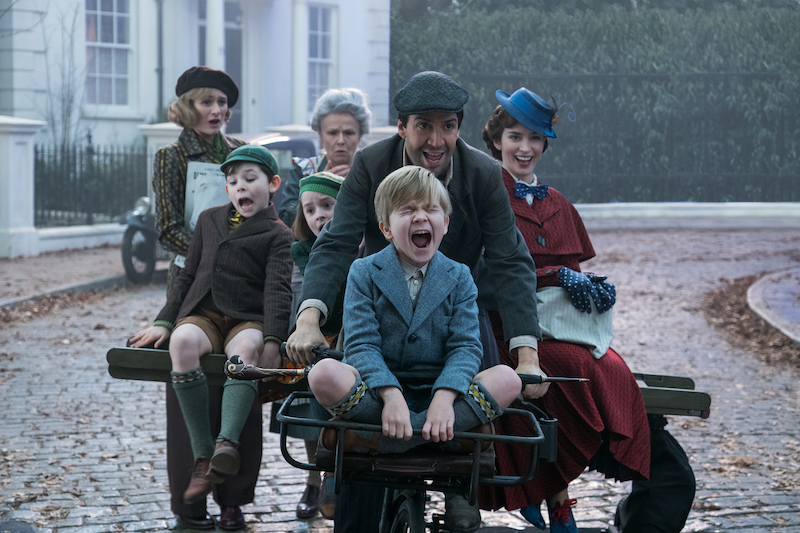
On working with Meryl Streep
I mean, every day with Meryl Streep feels like you’re in the upside down. It’s like, how is this my life? How are we on the ceiling? It was a joy. I mean, I think, that’s the sequence that I think that I watched the movie I watch it more closely every time because it’s a triumph of production design, the way every ceiling element becomes a floor element.
I talked to Emily Blunt about this. You know, she’s done three films with Meryl. She’s gone from being her assistant to being the lead of the movie. It’s been kind of an incredible Prada-esque journey. And what Emily told me going in was that like Meryl just kind of stays in the character, but not like method Daniel Day Lewis cobbling shoes. Like she’s just kind of in the spirit of it. And I felt so lucky that she was in the spirit of a character that’s so mischievous and flirty and fun.
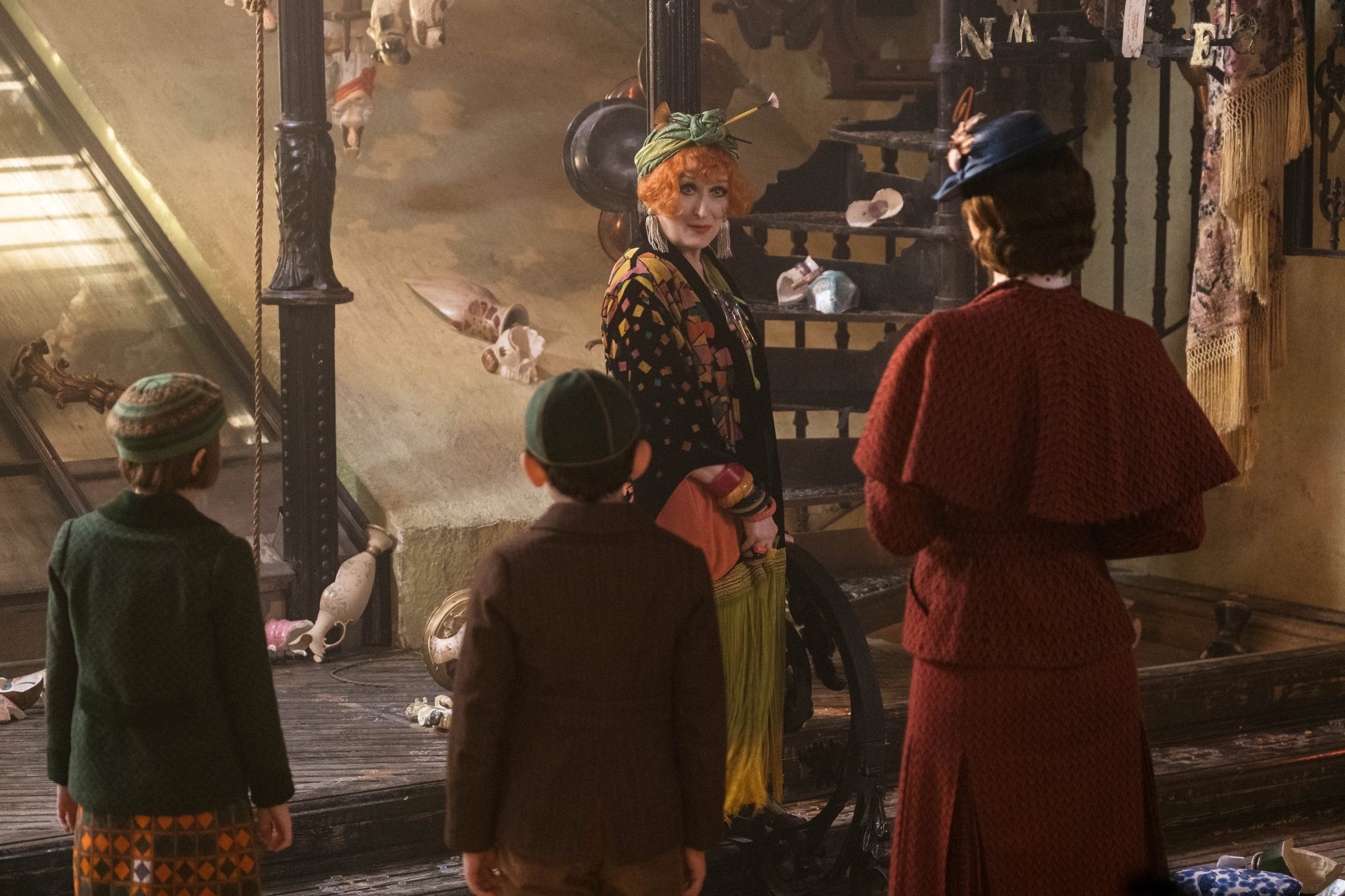
I’ve told this story before but there’s one moment between setups where she just looked at the kids and went, “Hey kids.” I can’t do Meryl. Emily can do Meryl. She goes, “Hey kids, you wanna know how to do a pratfall?” And she went… like from standing to face down. Everyone runs in like, Meryl Streep has died. And she gets up, she goes like this and she goes, “I learned that at Yale School of Drama.” And it was just to show off for the kids. And so I was very grateful that I got to play with that version of Meryl Streep.
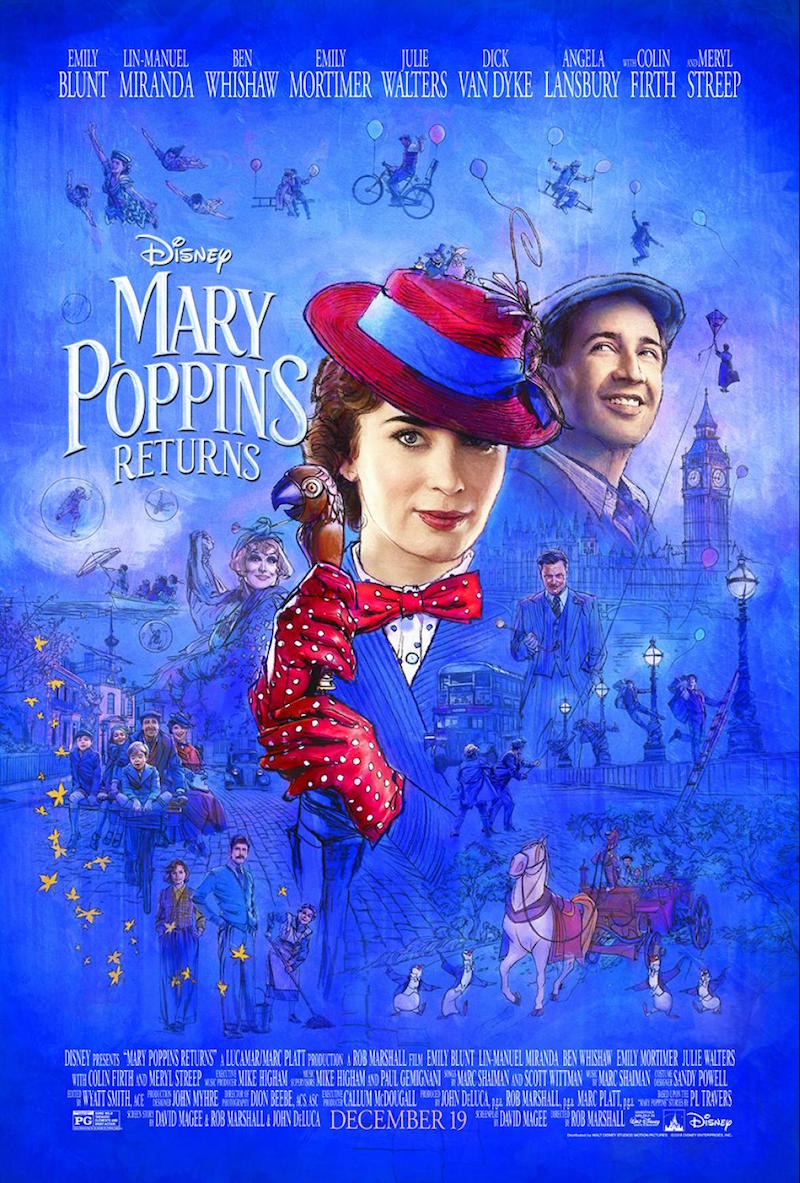
Be sure to stop back by to read my other interviews with the cast of Mary Poppins Returns.

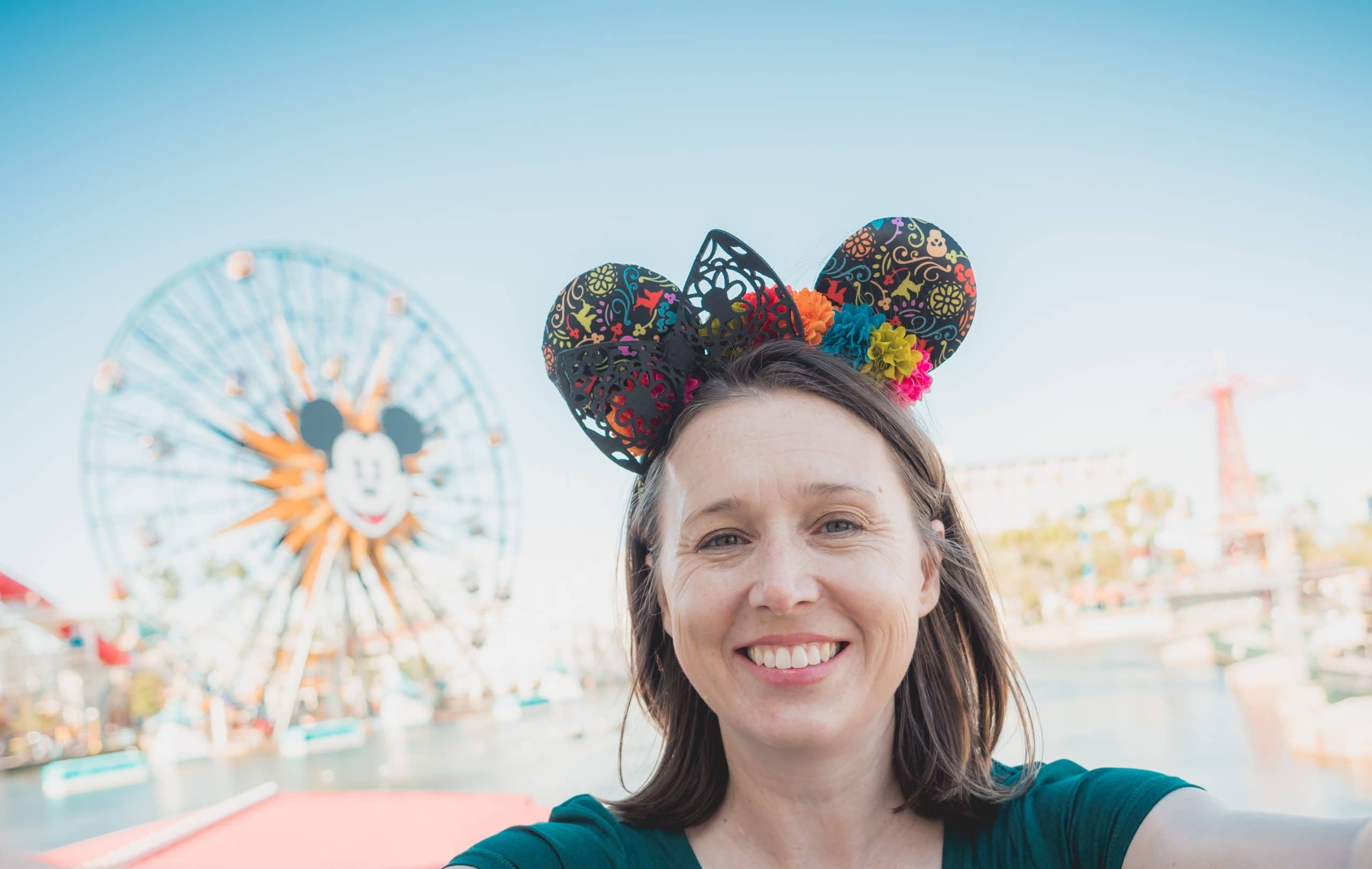
Leave a Reply